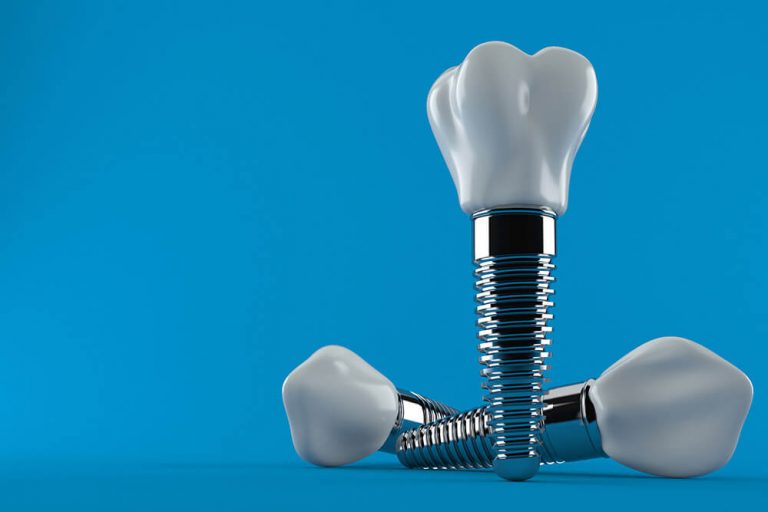Signs and Symptoms of a Cavity
Maintaining good oral hygiene is crucial for a healthy smile, but sometimes even the most diligent brushers and flossers can find themselves facing a common dental woe: cavities. While often associated with childhood, cavities can affect adults too, and their signs and symptoms may differ from what many expect. Let’s check in with your dentist in Deer Park as we share some common things to look out for and how you can tell if you may have a cavity.
The Anatomy of an Adult Cavity
A cavity, also known as dental caries or tooth decay, is essentially a hole in the tooth. It begins as a small area of demineralization, where the enamel – the protective outer layer of the tooth – starts to break down. Left untreated, this demineralization progresses, forming a cavity that can eventually reach the inner layers of the tooth, such as the dentin and pulp.
Unlike childhood cavities that often appear on the chewing surfaces of molars, adult cavities can manifest in various locations. Common sites include between teeth, along the gumline, and even on the surfaces of existing dental work like fillings or crowns. Adult cavities are notorious for being sneaky, sometimes developing in areas not easily visible during routine brushing.
Recognizing the Signs of a Cavity
- Tooth Sensitivity
One of the earliest signs of a cavity in adults is tooth sensitivity. If you experience a sudden twinge of pain or discomfort while consuming hot, cold, sweet, or acidic foods and beverages, it could be an indication of enamel erosion. This sensitivity often progresses as the cavity deepens.
- Visible Holes or Pits
As a cavity advances, it may become visible to the naked eye. You might notice small holes, pits, or dark spots on the affected tooth. These visual cues are often more apparent on the surfaces where cavities commonly form, such as the biting surfaces or the sides of teeth.
- Pain or Discomfort When Chewing
If you feel pain or discomfort while chewing, it could be a sign that a cavity has reached a more advanced stage. The act of biting down can exacerbate the pain, indicating that the decay has progressed to the dentin or pulp of the tooth.
- Bad Breath or Unpleasant Taste
The bacteria that contribute to cavities produce acids as they break down sugars and carbohydrates. These acids can lead to bad breath or an unpleasant taste in the mouth. If you notice persistent halitosis or an unusual taste, it may be time to schedule a dental checkup.
- Dark Spots on X-rays
During your dental appointment, your dentist in Deer Park will often use X-rays to identify cavities that are not visible during a routine examination. Dark spots on X-rays indicate areas of tooth decay. Regular dental checkups, including X-rays, are essential for catching cavities in their early stages.
Prevention and Treatment
Preventing adult cavities involves a combination of good oral hygiene practices and regular dental checkups. Brushing your teeth at least twice a day, flossing daily, and limiting sugary or acidic foods can help reduce your risk of developing cavities.
If you suspect you have a cavity, it’s crucial to call your dentist in Deer Park promptly. Early intervention can often address the issue with less invasive treatments such as dental fillings. In more advanced cases, procedures like dental crowns or root canals may be necessary.







